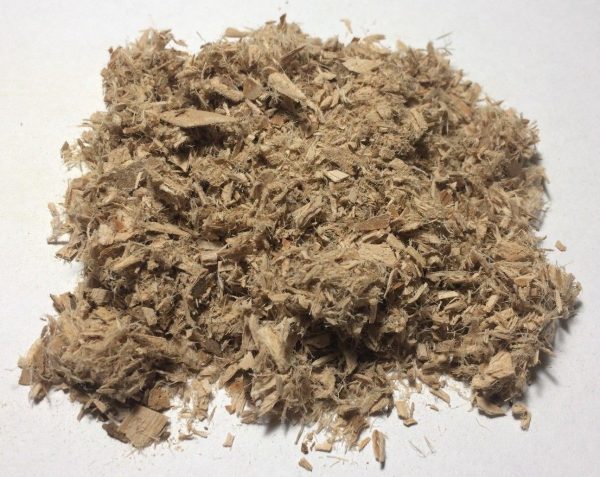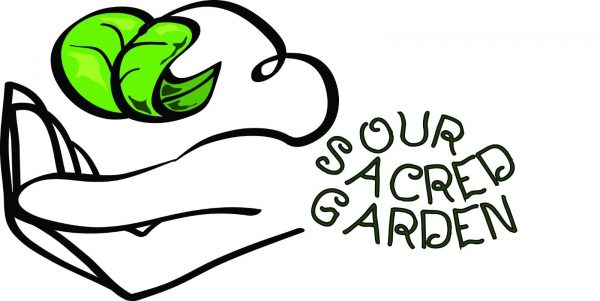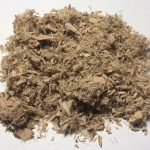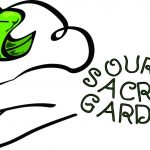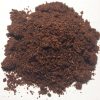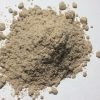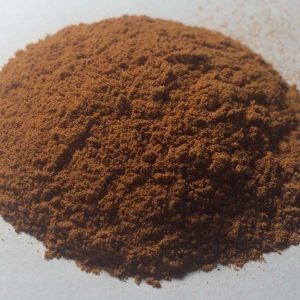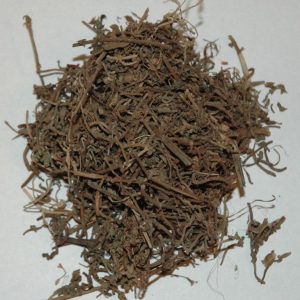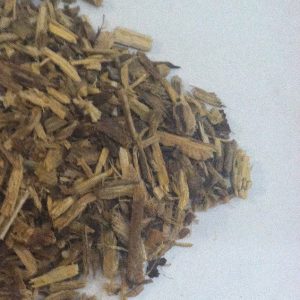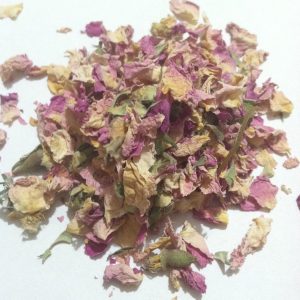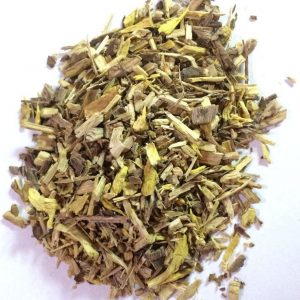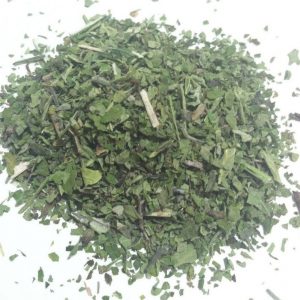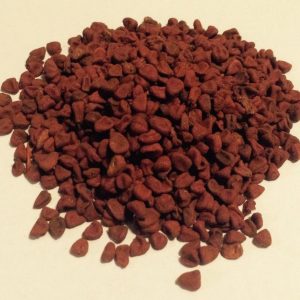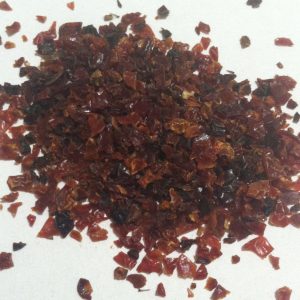Description
—Description—The Slippery Elm is a small tree abundant in various parts of North America.The branches are very rough, the leaves long, unequally toothed, rough with hairs on both sides, the leaf-buds covered with a dense yellow Wool. The flowers are stalkless.The inner bark has important medicinal value and is an official drug of the United States Pharmacopoeia.The bark, which is the only part used, is collected in spring from the bole and larger branches and dried. Large quantities are collected, especially in the lower part of the state of Michigan. As the wood has no commercial value, the tree is fully stripped and consequently dies. The bark as it appears in commerce for use in medicine consists only of the inner bark or bast and is sold in flat pieces 2 to 3 feet long and several inches wide, but only about 1/8 to 1/16 of an inch in thickness. It is very tough and flexible, of a fine fibrous texture, finely striated longitudinally on both surfaces, the outer surface reddish-yellow, with patches of reddish brown, which are part of the outer bark adhering to the inner bast. It has an odour like Fenugreek and a very mucilaginous, insipid taste. The strips can be bent double without breaking: if broken, the rough fracture is mealy, strongly but finely fibrous. The clean transverse section shows numerous medullary rays and altemate bands of bast parenchyma, thus giving it a chequered appearance. A section moistened and left for a few minutes, and again examined, shows large swollen mucilage cells.



